At first glance, these intricate doll houses probably look like they belong in a child’s bedroom. However, upon closer inspection, what is being portrayed inside the doll houses is anything quite the opposite of happy families.
These miniature homes depict gruesome death scenes. They are named the “Nutshell Studies of Unexplained Death” and were created by Frances Glessner Lee. The name came from the police saying: “Convict the guilty, clear the innocent, and find truth in a nutshell.” 1
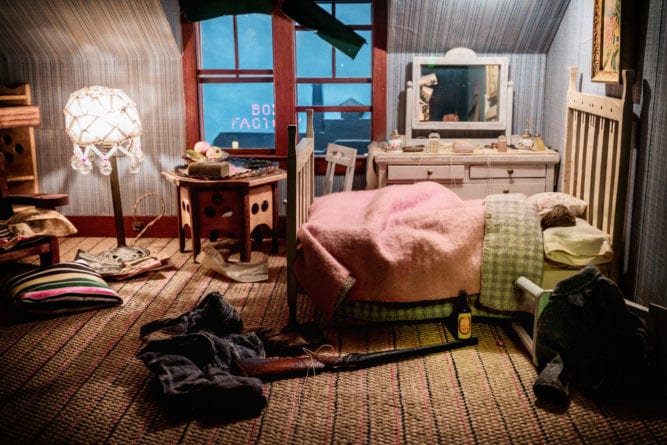
Intelligent and interested in medicine and science, Lee very likely would have gone on to become a doctor or nurse but due to the fact that she was a woman, she wasn’t able to attend college. Social conventions at the time said she should marry and become a housewife so that she did. Nevertheless, Lee carried on with her interest in medicine and soon combined it with her love of building sophisticated doll houses.
In 1936, Lee used her inheritance to establish a much-needed department of legal medicine at Harvard University. It was here that she started to create these grim doll houses. At a time when forensic science was virtually non-existent, these doll houses were created to visually educate and train detectives on how to investigate a death scene without compromising evidence and disregarding potential clues.
The houses were created with an obsessive attention to detail. Miniature coffee beans were placed inside tiny glass jars. Microscopic dates were printed on the stamp-sized calendars. Miniature newspapers were printed and tiny strips of wallpaper were plastered to the walls.
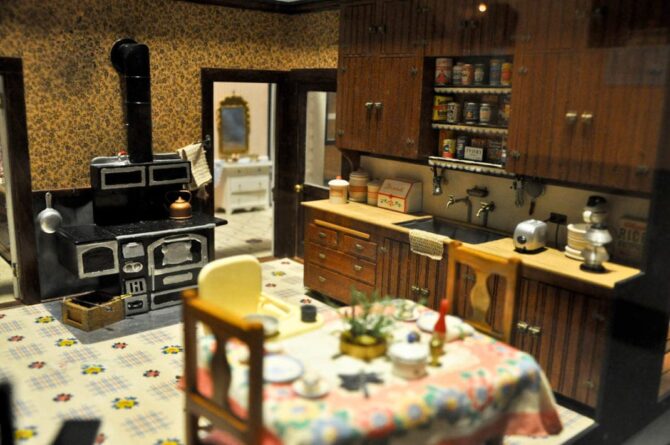
“The Nutshell Studies,” she explained, “are not presented as crimes to be solved-they are, rather, designed as exercises in observing and evaluating indirect evidence, especially that which may have medical importance.” Lee constructed a total of 18 pint-sized scenes with obsessively meticulous detail. They were all inspired by real life deaths that caught her attention. In all of them, the names and some details were changed. Lee visited some of the crime scenes personally and the rest, she saw photographs of or read about in newspapers.
Each year, seminars would be held and the doll houses would be the main focus. During the seminars, a couple of facts surrounding the cases were presented and then detectives in attendance would study the models and give their opinion as to whether the scene depicted a murder, suicide, accident, or natural death.
One of the doll houses was named “Dark Bathroom,” and the victim was named “Maggie Wilson.” The scene shows her clothed in her bathtub. Water from the faucet is pouring into her open mouth. Washing hangs on the line and her legs are protruding from the bathtub. Beside the bathtub lies fallen bottles and a glass.
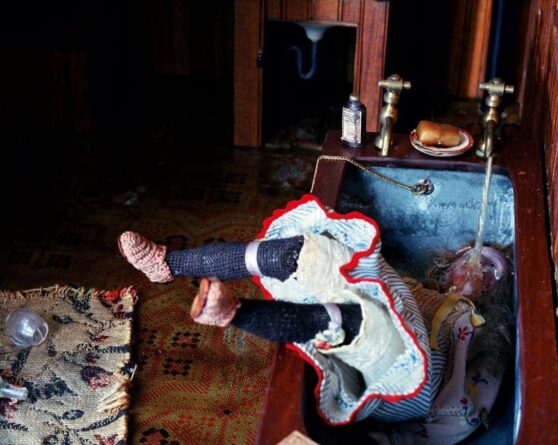
Another scene was named “Parsonage Parlor,” and tells the story of “Dorothy Dennison,” a high school student. Dorothy left her home to go to the store to buy hamburger steak. She never returned home. She was later found in a church rectory with her blouse ripped open and a knife protruding from her stomach. On a chair beside her body lies expired hamburger steak and there is pile of mail that has accumulated. There is no sign of forced entry or struggle.
Due to the fact that these models are still used as a training device, the solutions for these doll houses were never made public. For now, we are just left to speculate what horrors unfolded in these dainty macabre houses.
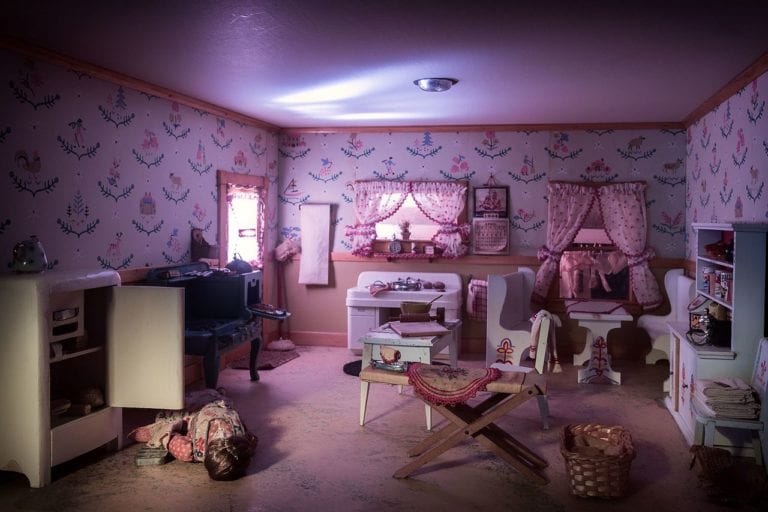

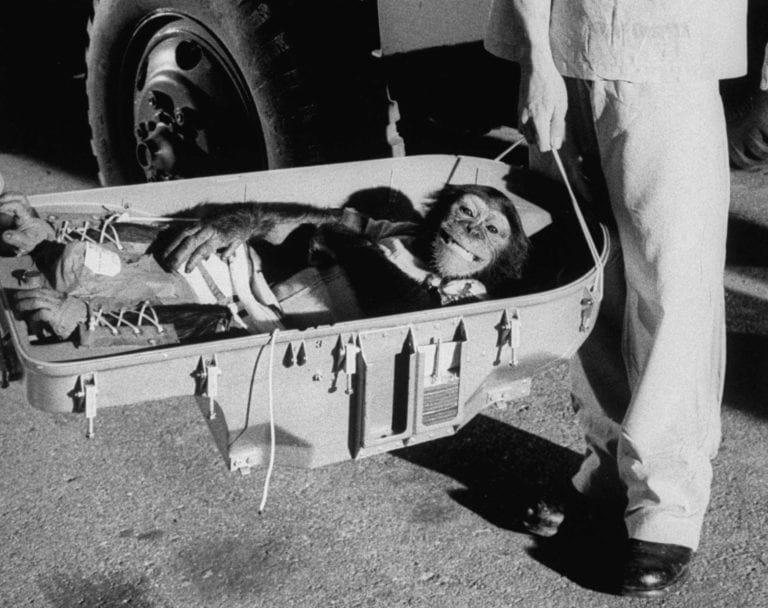
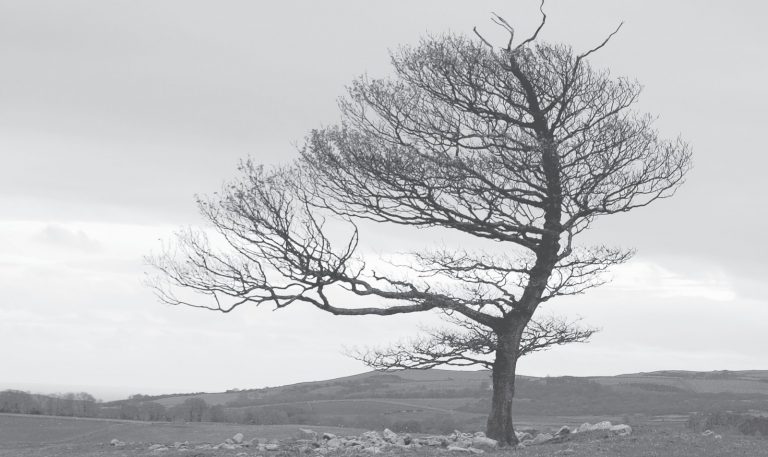
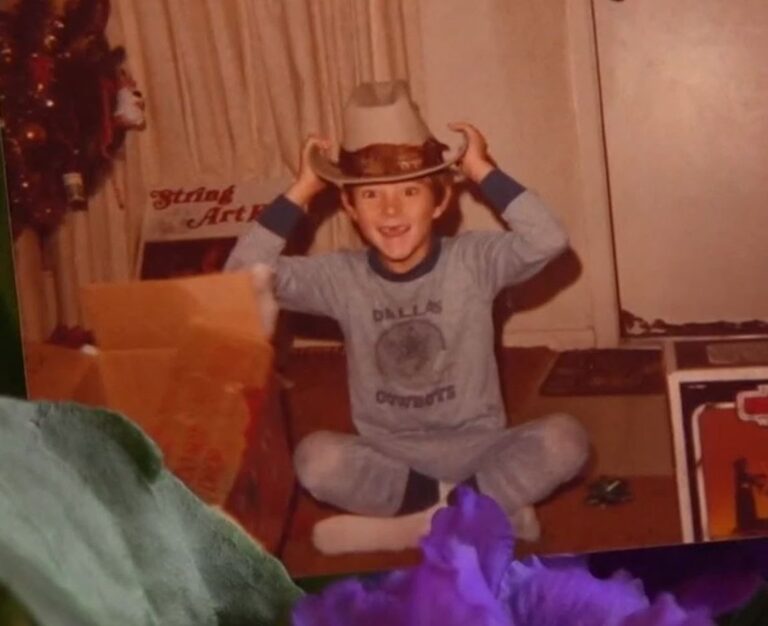

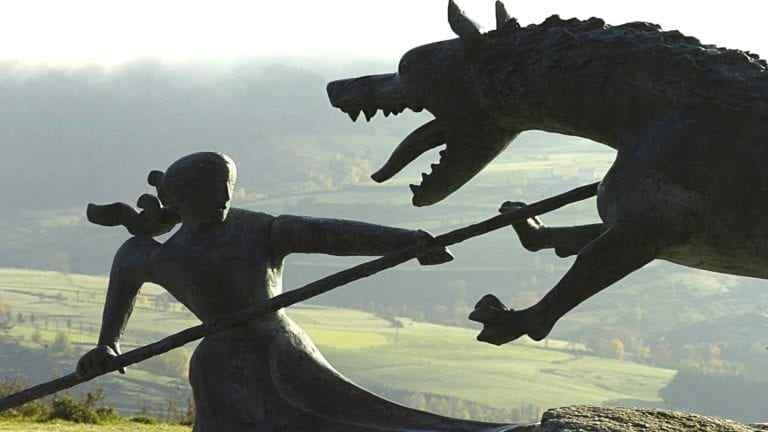
Comments:
i read a case, but dont remember details, about a man that “found” his wife in the bathtub like that diorama above… instead of getting her out of the bath tub, he went to look for his neighbour so he could “help him”…the neighbour helped him out and tried to do c.p.r., but it was too late… i think the lady was in her late 30´s or early 40´s and i think she had already had done a breast implant surgeory, because her husband wanted her to do that, and everything came out okay…so when the husband told her that… Read more »
These were much, much older. Pre- CPR or anything similar.
yes some were made in the 40s
That was the murder of Michelle Macneill and her hubby was a Dr. Just listened to that podcast a short time ago